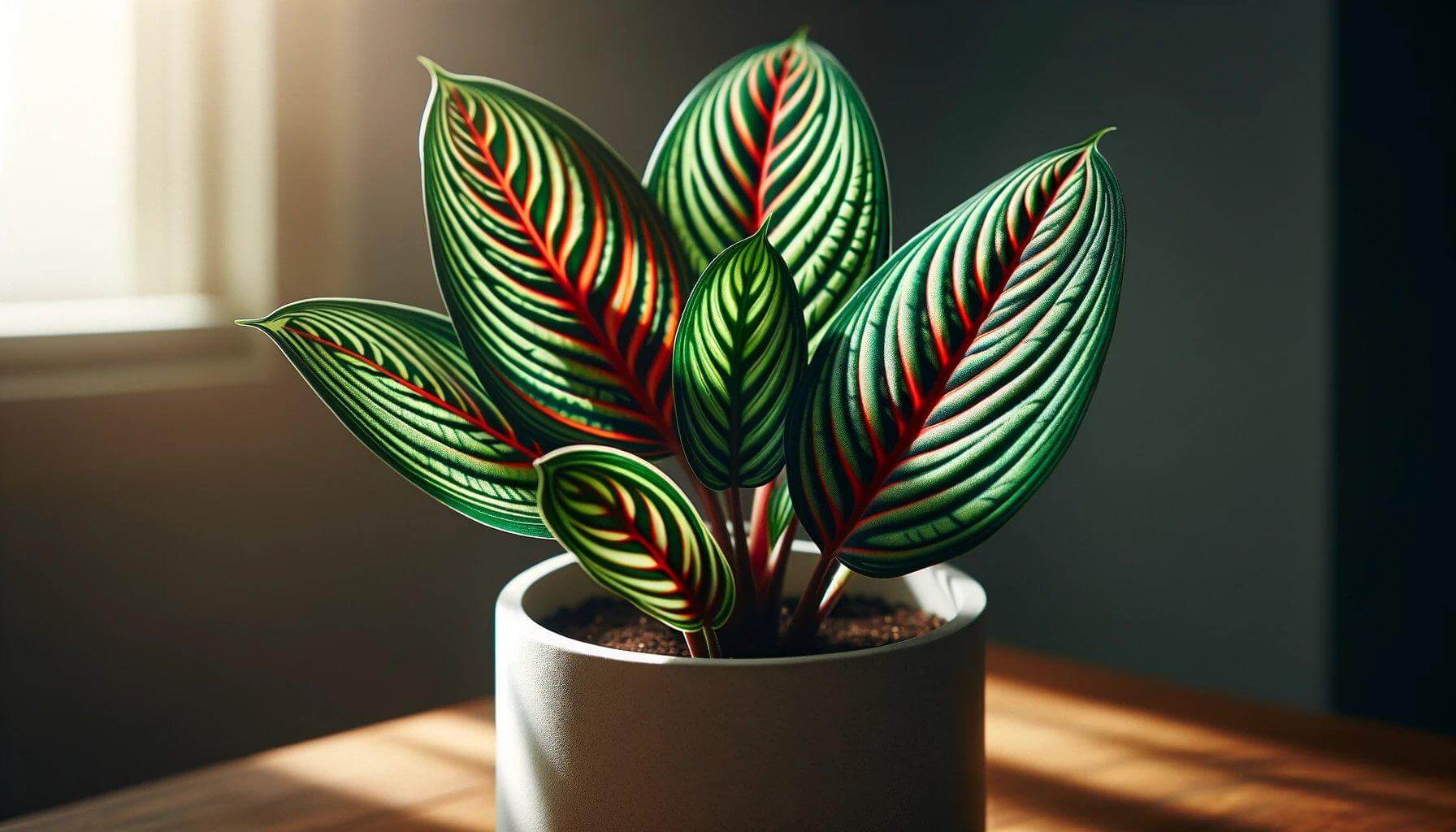
The prayer plant (Maranta leuconeura) stands out among tropical houseplants with its stunning decorative foliage. Named for its unique leaf movement, resembling praying hands, it adds a touch of elegance to any indoor space.
A slow-growing plant, the prayer plant typically reaches up to a foot in height indoors. It’s a popular choice for houseplant enthusiasts, offering year-round beauty and easy care. Notably, it’s considered safe for both pets and humans, making it an ideal addition to any home.
Prayer Plant Care
Light
Prayer plants thrive in bright to medium indirect sunlight. While they can tolerate low-light conditions, prolonged exposure to direct sunlight should be avoided to prevent leaf burn. During the winter dormancy period, provide ample light to maintain growth.
Soil
Optimal soil for prayer plants is well-draining, loamy, and slightly acidic. A traditional potting mix or a homemade blend of sphagnum peat moss, loamy soil, and perlite/coarse sand works well.
Water
Keep the soil evenly moist, watering once the top layer dries out. Frequency varies with seasons, typically once or twice a week in spring/summer and once a week in fall/winter. Use filtered or distilled water when possible to avoid mineral buildup.
Temperature and Humidity
Maintain warm, humid conditions for your prayer plant, with temperatures between 60-80°F. Increase humidity levels with methods like placing a humidifier nearby or using a pebble tray filled with water beneath the plant.
Fertilizer
Feed your prayer plant every two weeks during the growing season, reducing to monthly in winter, with a water-soluble houseplant fertilizer diluted to half-strength. Avoid over-fertilization, which can harm the plant’s roots.
Types of Prayer Plants
Various prayer plant varieties exist, with the tricolor variation being the most popular. Other common types include the Rabbit’s Tracks Maranta, Green Maranta, and Black Maranta, each offering unique leaf patterns and colors.
Pruning
While not necessary, occasional pruning helps maintain the plant’s appearance. Trim long stems or remove brown/yellow leaves using sharp, clean shears. Spring and summer are ideal for pruning to stimulate new growth.
Propagating
Propagation is straightforward and commonly done during repotting. Divide the plant into smaller sections, ensuring each new plant has roots and stems. Pot them in well-draining soil and provide warm, humid conditions until established.
Common Pests and Problems
Pests
Prayer plants are susceptible to pests like spider mites and mealybugs. Treat infestations with natural remedies like neem oil, addressing signs like white powdery substance or browning foliage.
Yellow Leaves
Improper watering, insufficient sunlight, or excessive sunlight can cause yellowing leaves. Monitor watering habits and adjust sunlight exposure accordingly to prevent root rot or sunburn.
Brown Leaves
Underwatering, low humidity, or inadequate sunlight may lead to brown leaves. Maintain consistent watering, increase humidity levels, and ensure sufficient light to prevent leaf browning.
Dropping Leaves
Extreme environmental changes, pest infestations, or over-fertilization can cause leaf drop. Assess the plant’s surroundings and address any issues promptly to prevent further leaf loss.
Prayer plants are relatively low-maintenance, though they thrive best in greenhouse-like conditions.
Prayer plants are considered slow growers, typically reaching heights of about 12 inches at maturity.
Yes, prayer plants excel indoors, where they can be cultivated successfully in most households.
Yes, under the right conditions, prayer plants can produce delicate white and light pinkish-purple flowers during the spring and summer, indicating optimal growing conditions.